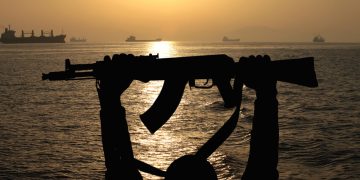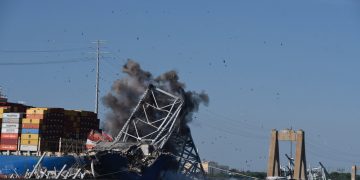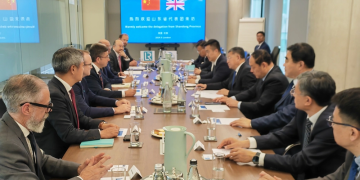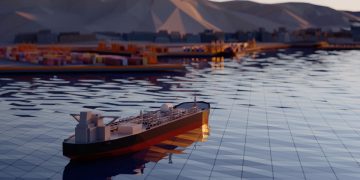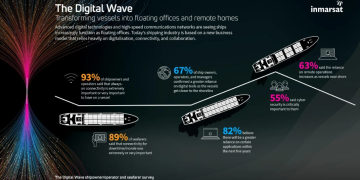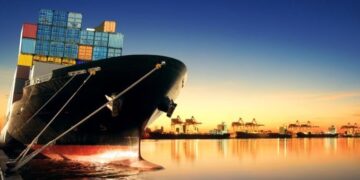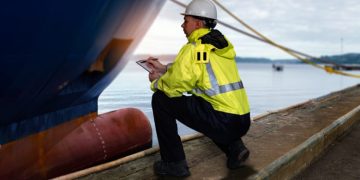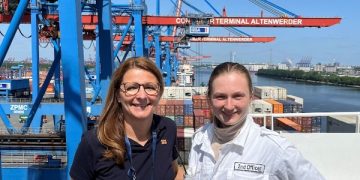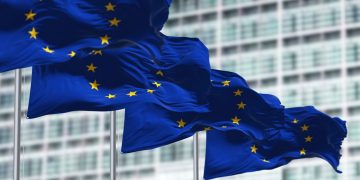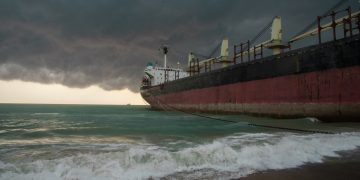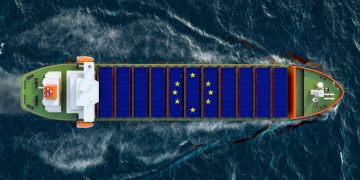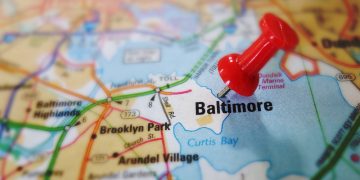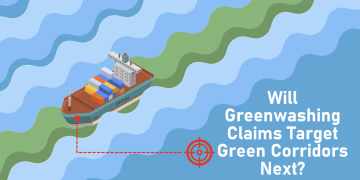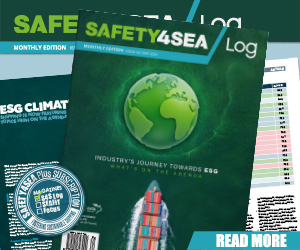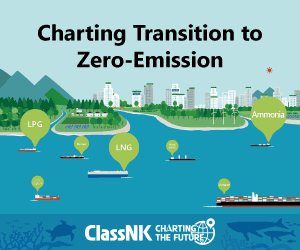CMA CGM to implement Low Sulphur Surcharge on all ECAs
CMA CGM has announced that from January 1st, 2015 the Group will implement a Low Sulphur Surcharge on all its trades in the Emission Control Areas (ECAs) and for all cargoes. CMA CGM enforces its long-term commitment to protect the environment with a focus on sustainable development. The Group will do its outmost to comply with the new regulation as from January 1st, 2015. This directive will require ships to use fuel with a maximum allowed sulphur content of 0.1% in the ECA. Impacts of SOx limit reduction on shipping lines Extra costs Marine Diesel Fuel with no more than 0.1% sulphur content is more expensive than Low Sulphur Fuel Oil (with 1.0% sulphur content). This higher price represents an additional cost of more than USD 100 million every year for CMA CGM, inflating expenditure. Furthermore, technical issues when running the main engine with DO (Diesel Oil), such as temperature, viscosity or the size of the DO tank, will command to upgrade of some vessels to comply with the new rules. This will also generate extra costs. As a consequence : CMA CGM will implement a Low Sulphur Surcharge as from January 1st, 2015. Experts keep on working on technical innovations to ...
Read more





